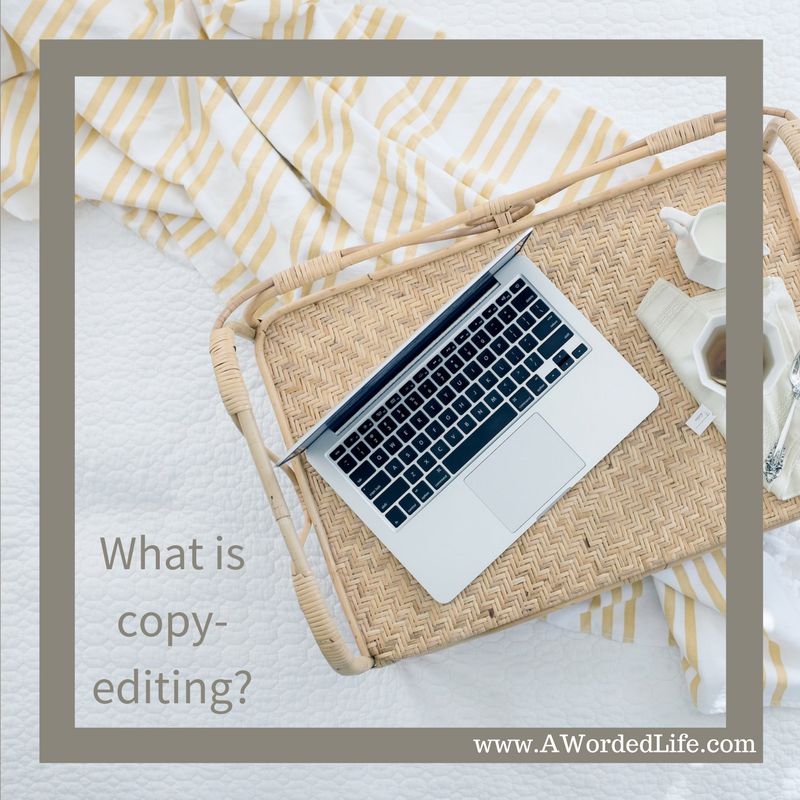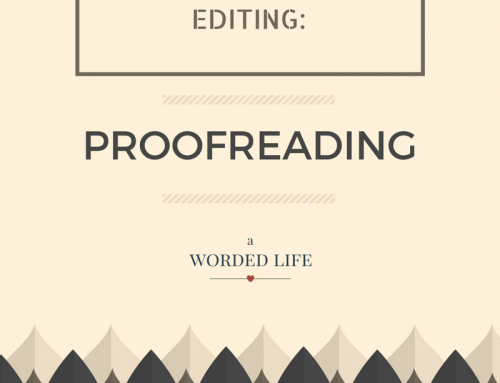Copy-editing, development editing, manuscript assessments, structural editing, proofreading, substantive editing – unless you know what these are, how can you possibly know what service you require?
In previous blogs, I have discussed:
- The different editorial stages in Time to Hire an Editor.
- Exactly what is meant by a manuscript assessment.
- Development editing (A.K.A. structural or substantive editing).
Today, I am concerned with copy-editing: what it is, how do you know if you need it and when you should hire a copy-editor.
Copy-editing
Essentially, the task of the copy-editor is to identify and remove any mistakes or inconsistencies from the writing in order to increase clarity and meaning and, therefore, improve the reading experience.
Copy-editing requires the editor to check for consistency – both visually and in language usage. This means checking spelling, punctuation and grammar, but also ensuring the correct and consistent use of such things as capital letters and relevant terminology. As well as all that, it involves checking elements of layout and design, such as the hierarchy of headings.
While copy-editing does include checking that meaning is clear, it does not involve substantive rewording – in fact, if this is required, the copy-editor refers to the author or the development editor.
Copy-editors will often refer to a particular style guide or manual, depending on the requirements of their client. For example, while various organisations may have their own in-house style guide, they may also refer to a published guide such as Butcher’s Copy-editing, New Oxford Style Manual, Style Manual: For authors, editors and printers, The Chicago Manual of Style, Modern Humanities Research Associations Style Guide, Association of Art Editors Style Guide, MLA Style Guide, The Associated Press Stylebook… the list goes on!
A Worded Life prepares an individualised style sheet when copy-editing to help keep track of various aspects of each project and facilitate consistency.

Among the list of things checked by the copy-editor are:
- Grammar
- Spelling
- Punctuation
- Clarity
- Capitalisation
- Hyphenation
- Terminology
- Heading hierarchy
- Layout
- Abbreviations and contractions
- Tables, graphs and lists
- Illustrations/photos and captions
- References and bibliographies
- Links
- Table of contents
- Acknowledgements
- Cover
- Running heads, footnotes and endnotes
- Preliminary pages and endmatter
- Number and alphabetical ordering
When to hire a copy-editor
Seek a copy-editor’s assistance once your manuscript is written and thoroughly revised, often after you have engaged the help of a development editor or when you are confident that all major issues and structural elements have been resolved.
To discover more about copy-editing contact A Worded Life.
Stay tuned for my blog about proofreading.



